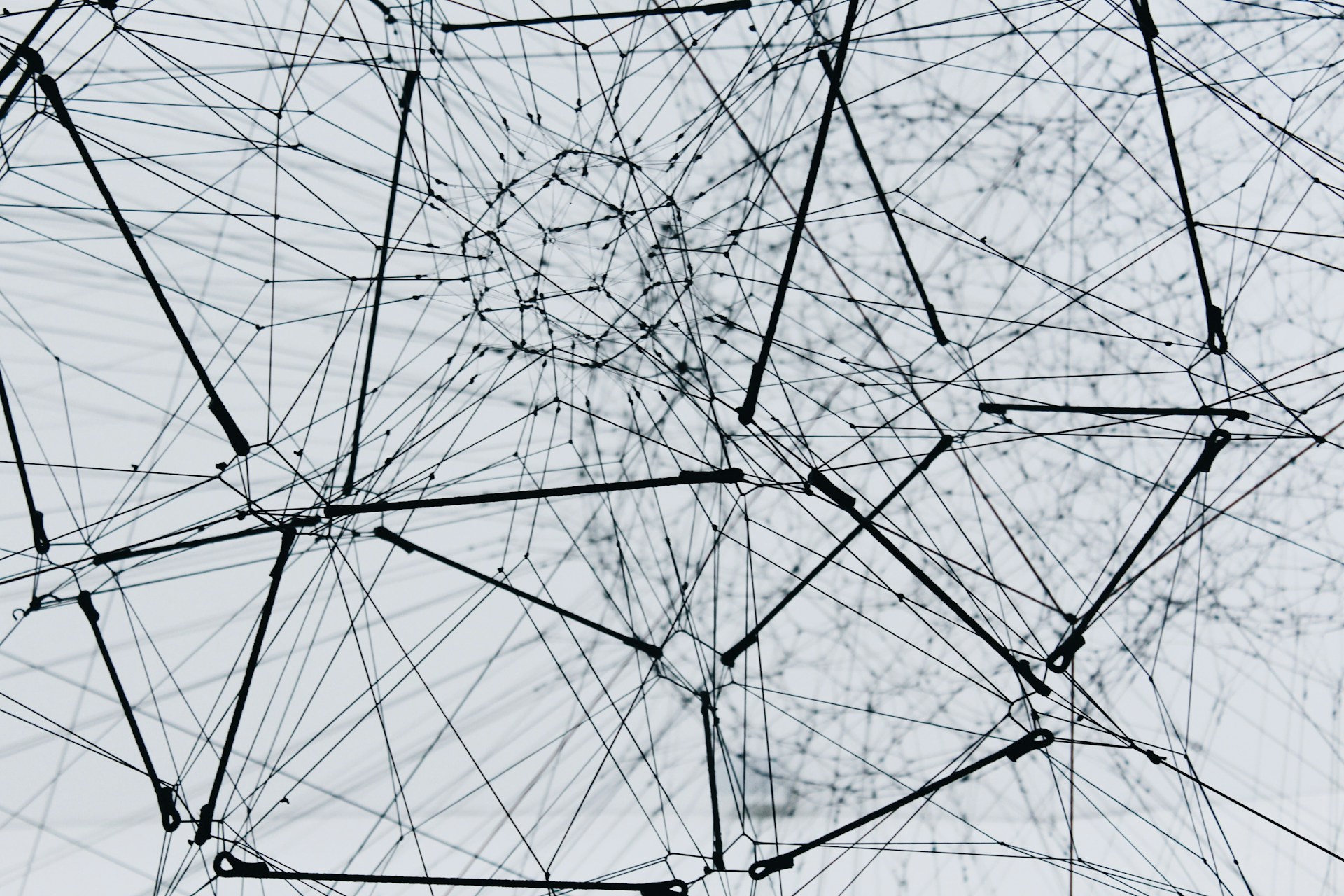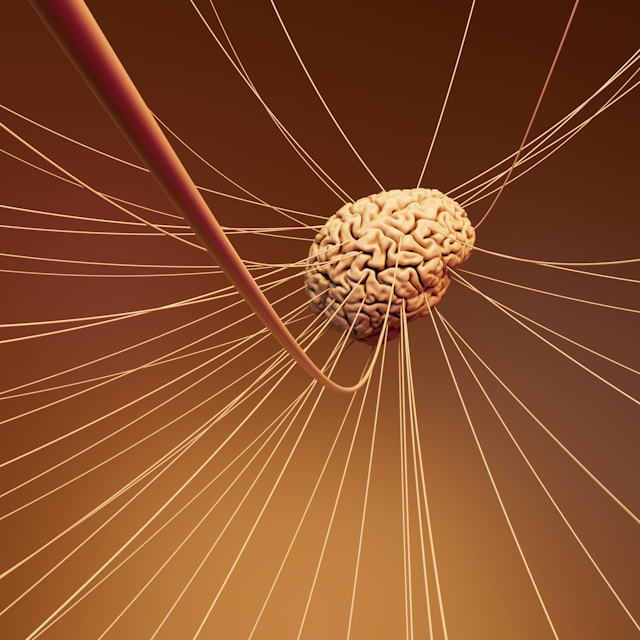The Intelligence Behind Coincidence
7 November, 2025
Coincidences are usually treated as curiosities, small, odd moments that make us stop and smile. But across a range of first-person reports and case histories I have collected, certain patterns are strikingly different from ordinary chance. These are not occasional, pleasing overlaps; they are precise, repeated alignments that appear to follow, to match, and sometimes to precede major shifts in a person’s life. In some cases, the timing and specificity are impossible to dismiss as mere randomness. The pattern looks and behaves more like a signal.
It helps to be specific. Examples that recur across reports include repeating number sequences appearing across clocks, time stamps, or receipts; a specific phrase that surfaces first in a dream and then unexpectedly in conversation; or thinking of a person only to have them reach out within days. These are small events on their own. Taken together, they form a trajectory: antecedent patterning that prepares, or at least correlates with, an ensuing experience. For some people, these repetitions are the first stage of a longer sequence. For others, they never appear, or they pass unnoticed until much later. Both outcomes are part of the same field.
I use the term “soft contact” for these early, everyday patterns. They don’t appear as visions or dramatic experiences but as ordinary events: timings, repetitions, or coincidences that are easy to overlook. Their role may be preparatory: small, repeated cues that check whether someone is paying attention. In some cases, noticing these patterns seems to open the way to a fuller encounter.
It is important to be clear: not every coincidence is contact. Most are not. But a subset of coincidences carries features that distinguish them from routine happenstance: repetition across independent contexts, improbably tight timing, direct continuity with dream content, or an immediate aftereffect in waking life. When those features are present, they warrant attention. They are the empirical signals that suggest the possibility of an intelligence operating through pattern.
Where does sleep paralysis fit into this, a topic which is at the forefront of my research? Many people assume sleep paralysis is only a neurological event, REM atonia, a temporary mismatch between motor control and consciousness. That is often the clinical explanation. However, in a significant number of first-person cases, the sleep state appears to be the point where previously subtle patterning converges into a palpable presence. In those sequences, the experience unfolds as a progression: a forerunner for a run of synchronistic signs, then heightened dream activity or vibrational states, and finally an embodied threshold episode in which a sensed presence is encountered. I have worked with reports where the “coincidences” were the preparatory language, and the sleep episode functioned as the interface where the encounter became explicit.
Equally important are the cases where no preparatory pattern was reported. Some people arrive at threshold episodes with no prior run of synchronistic cueing; the episode begins abruptly and without prelude. This variability is part of the phenomenon and must be respected. The presence of synchronicity as a precursor is therefore a pathway, not a rule.
Why does this matter? Because language shapes response. When people lack a framework, they tend to pathologize or hide these experiences. Someone who sees the same improbable sign three times and then has a disorienting sleep episode may be told they are having nightmares, or even dismissed as mentally ill. If, instead, there is a framework that names this pattern, if we recognise that coincidence can operate as an interface, then people can respond differently: with curiosity rather than fear, with enquiry rather than dismissal. That shift changes care, research questions, and the kinds of support we offer.
For readers of work on synchronicity, the implication is straightforward. Patterns that consistently track an individual deserve attention; they are data. If you notice the same improbable motif repeating in your own life, keep a record. If you later experience an altered state or an unusual sleep event, the record becomes an important part of the case history. Taken together, anecdote after anecdote forms the dataset by which we can test whether coincidence sometimes acts as an intelligence-driven interface.
Coincidence may not be proof of anything definitive. But it is often the beginning of an
experience worth investigating: why some patterns recur, what they correlate with, and how
they relate to the threshold states that follow in some lives. Treating coincidence as an
empirical phenomenon, rather than only a poetic one, opens a clearer path for study, care, and
understanding.
For more information: sheilaprycebrooks.substack.com
Photo by Bhautik Patel on Unsplash


























Comments